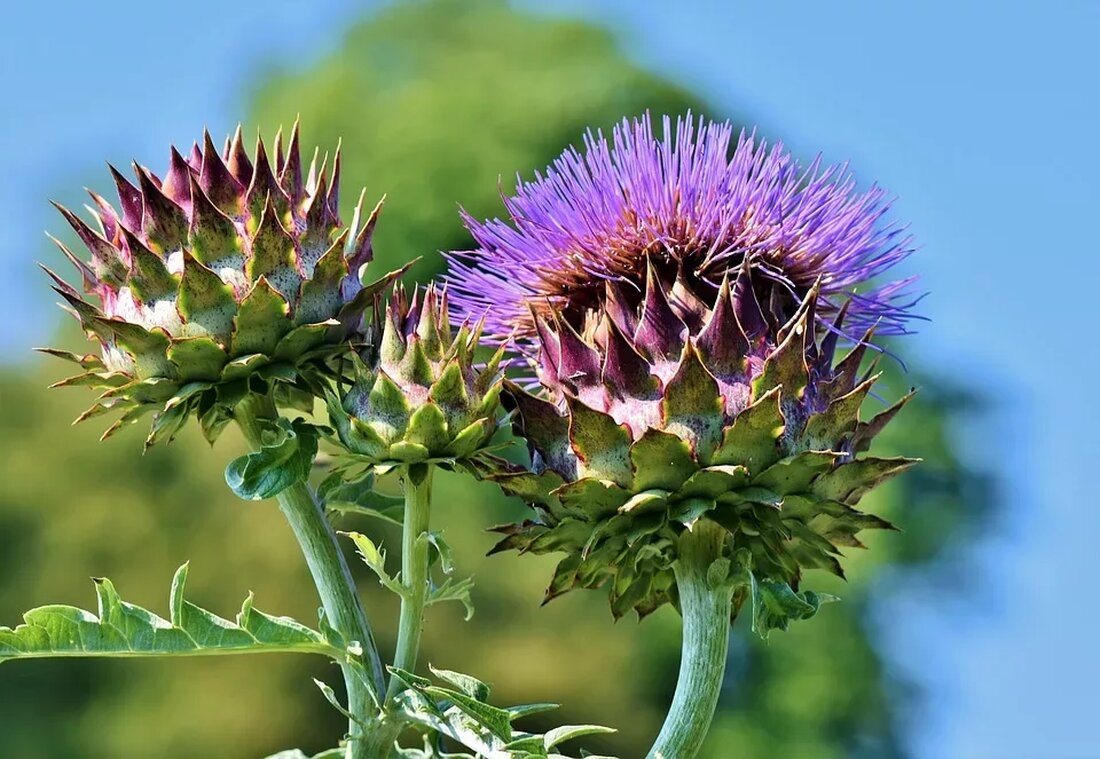Medicinal plants in developing countries
Medicinal plants in developing countries The use of medicinal plants for medical treatment has been widespread in many cultures around the world for centuries. These plants play a particularly important role in developing countries, where there is often no access to modern medical facilities or expensive pharmaceutical products. Medicinal plants offer a cost-effective and natural alternative for treating various diseases and ailments. Importance of Medicinal Plants in Developing Countries In developing countries, medicinal plants are often the only available option for treating diseases. Residents typically have limited financial resources and cannot afford expensive medical treatments or medications. Medicinal plants offer you an affordable alternative that...

Medicinal plants in developing countries
Medicinal plants in developing countries
The use of medicinal plants for medical treatment has been widespread in many cultures around the world for centuries. These plants play a particularly important role in developing countries, where there is often no access to modern medical facilities or expensive pharmaceutical products. Medicinal plants offer a cost-effective and natural alternative for treating various diseases and ailments.
Importance of medicinal plants in developing countries
In developing countries, medicinal plants are often the only available option for treating illness. Residents typically have limited financial resources and cannot afford expensive medical treatments or medications. Medicinal plants offer you an affordable alternative that you can obtain directly from nature.
In addition, many traditional healing systems in developing countries are heavily influenced by the use of local medicinal plants. These traditions are often passed down from generation to generation and play an important role in the cultural and social life of communities. Knowledge of these plants and their medicinal properties is usually preserved and utilized by herbalists or traditional healers.
Medicinal use of medicinal plants
Medicinal plants are used in developing countries to treat a variety of diseases and ailments. They have been shown to be effective in relieving symptoms and can be a good alternative to expensive medications. Here are some examples of the use of medicinal plants:
Fever and infections
In many developing countries, access to antibiotics is limited. Therefore, traditional medicinal plants are used to treat fever and infections. Plants such as echinacea, elderberry or ginger have anti-inflammatory properties and can strengthen the immune system.
Gastrointestinal complaints
Medicinal plants such as chamomile, peppermint or fennel are often used for gastrointestinal complaints. They have calming and anti-inflammatory properties and can help with digestive problems, stomach cramps or nausea.
Pain relief
The natural pain relief properties of some medicinal plants are widely used in developing countries. For example, willow bark can be used as a natural pain reliever for headaches or joint pain.
Skin diseases
In many parts of the world, people suffer from skin conditions such as eczema or acne. Medicinal plants such as aloe vera, lavender or calendula have anti-inflammatory and calming properties and can help treat such conditions.
Sustainability and environmental protection
The use of medicinal plants not only has health benefits, but can also contribute to sustainability and environmental protection. Since many medicinal plants grow wild, they can be harvested and used without much effort. This allows local people to use their resources without polluting the environment. Compared to the production of synthetic medicines, the use of medicinal plants is also an environmentally friendly approach with a smaller ecological footprint.
Challenges and problems
Although there are many benefits to using medicinal plants in developing countries, there are also challenges and issues that need to be considered. Some of them are:
Lack of quality assurance
Since many medicinal plants in developing countries are harvested directly from nature, quality and effectiveness are not always guaranteed. There is a risk of using inferior quality plants or that the dosage is not correct. To ensure the safety and effectiveness of the medicinal plants used, appropriate quality assurance is necessary.
Loss of traditional knowledge
With the spread of modern medical practices and urbanization, traditional knowledge of medicinal plants is often lost. This may lead to a reduction in the availability and knowledge about the use of medicinal plants.
Overuse and environmental impacts
The increasing demand for medicinal plants can lead to overuse and endanger natural populations. Improper harvesting practices and lack of awareness about environmental protection can lead to ecological problems.
Conclusion
The use of medicinal plants in developing countries plays an important role in medical care and provides an affordable alternative to modern medical treatments. The use of traditional knowledge and the availability of natural resources can improve the health and well-being of local people. It is important to use high quality medicinal plants while keeping the environmental impact in mind. By promoting sustainable practices and protecting the natural environment, the use of medicinal plants can continue to be of great importance in developing countries.
Sources:
– World Health Organization: Traditional Medicine Strategy 2014-2023 https://www.who.int/medicines/publications/traditional/trm_strategy14_23/en/
– United Nations Conference on Trade and Development: Medicinal Plants in Some Developing and Transition Economies

 Suche
Suche
 Mein Konto
Mein Konto
